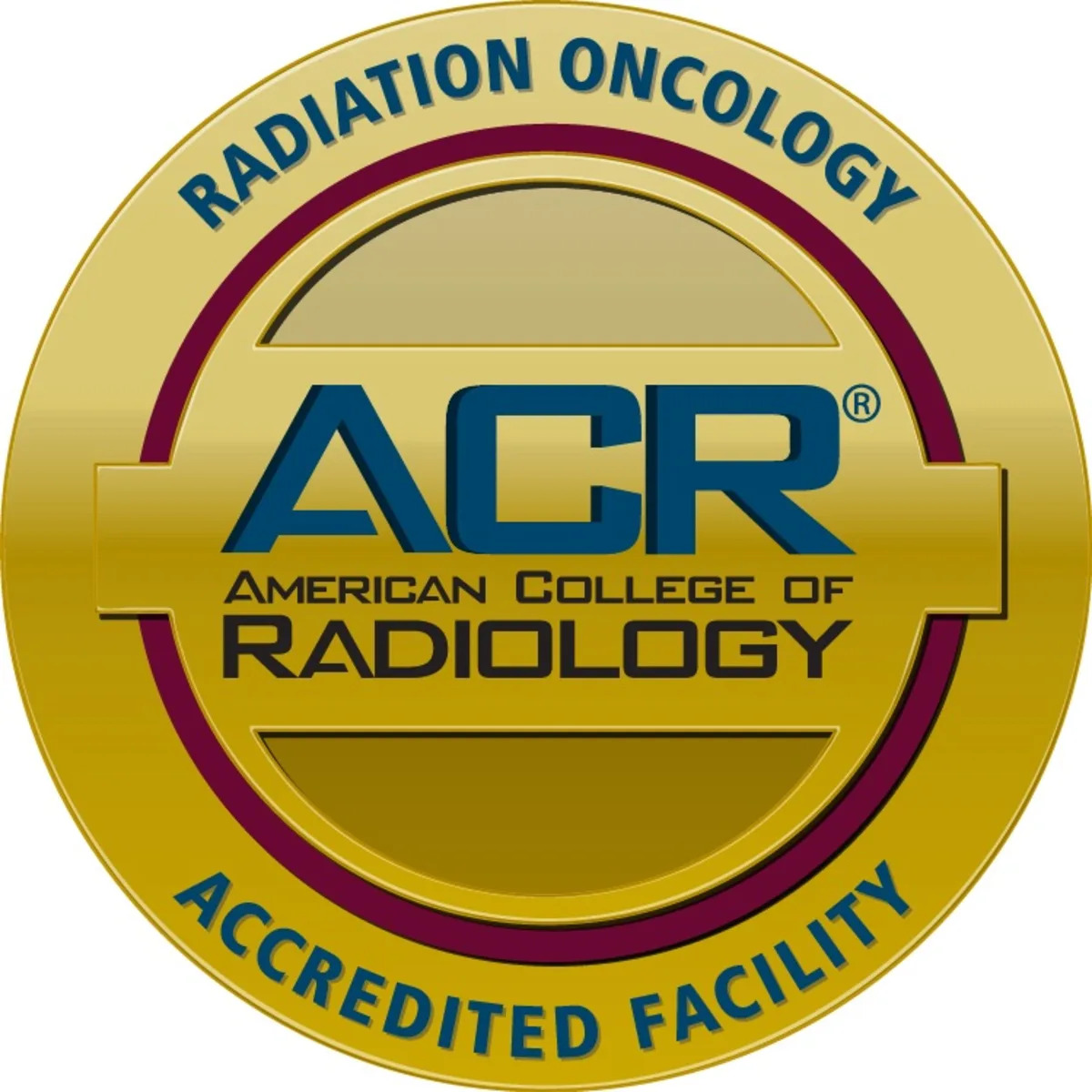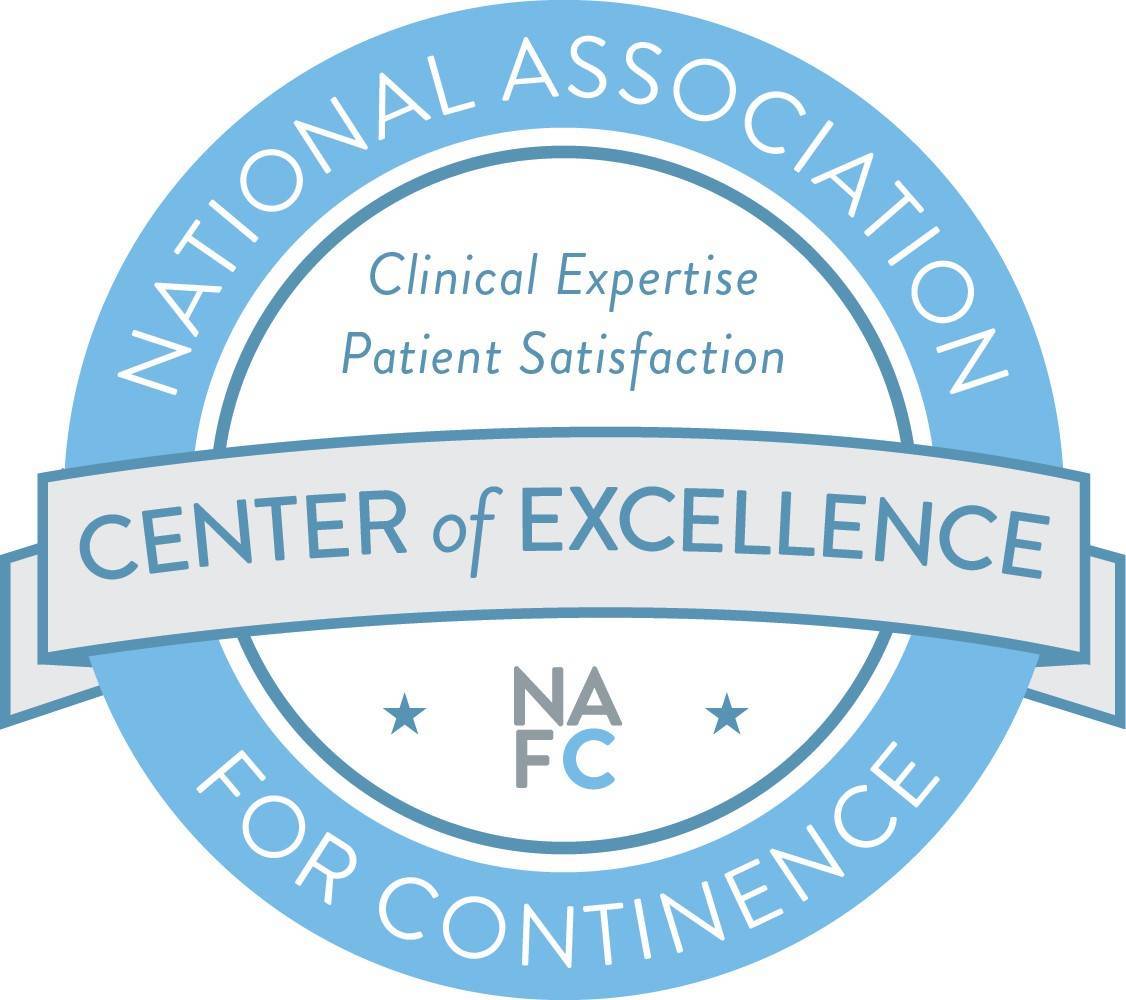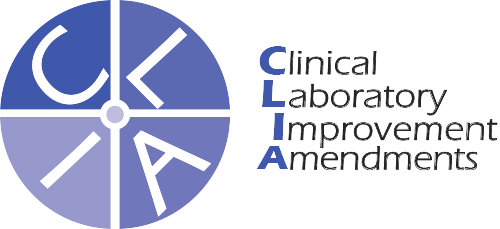Testicular Cancer
Testicular cancer is a type of cancer that starts in the testicles, which are the male reproductive organs responsible for producing sperm and testosterone. It is a relatively rare form of cancer, but it is highly treatable, especially when detected early. Testicular cancer most commonly affects younger men between the ages of 15 and 35.
Causes and Risk Factors
The exact cause of testicular cancer is not well understood, but certain risk factors may increase the likelihood of its development:
- Undescended Testicle (Cryptorchidism): Men with a history of undescended testicles have a higher risk of developing testicular cancer.
- Family History: Having a family history of testicular cancer increases the risk.
- Age: Testicular cancer is most commonly diagnosed in young men between the ages of 15 and 35.
- Race/Ethnicity: White men have a slightly higher risk compared to men of other racial and ethnic backgrounds.
- Personal History: Men who have had testicular cancer in one testicle have a slightly increased risk of developing it in the other testicle.
Symptoms
Common symptoms of testicular cancer include:
- A lump or swelling in the testicle.
- A feeling of heaviness in the scrotum.
- Dull ache or discomfort in the abdomen or groin.
- Pain or discomfort in the testicle or scrotum.
- Enlargement of a testicle.
- Changes in the texture or feel of the testicle.
Diagnosis
- Testicular self-exams can help with early detection, but regular medical check-ups are also important.
- If a lump or abnormality is detected, a healthcare provider will conduct a physical examination, possibly followed by ultrasound and blood tests to assess tumor markers.
Staging
- Staging determines the extent and spread of the cancer. The TNM system (Tumor, Node, Metastasis) is commonly used for staging.
- Testicular cancer is classified into different stages (I to III) based on the size of the tumor and whether it has spread to nearby lymph nodes or other organs.
Treatment
- Treatment depends on the type and stage of testicular cancer, as well as the patient’s overall health.
- Surgery: Surgical removal of the affected testicle (radical orchiectomy) is the primary treatment for most cases. This is usually followed by further treatments based on the stage and type of cancer.
- Chemotherapy: Chemotherapy is often used to treat more advanced cases or if the cancer has spread.
- Radiation Therapy: In some cases, radiation therapy may be used to target and kill cancer cells.
Prognosis
- Testicular cancer is highly treatable, and the prognosis is generally favorable, especially when detected early.
- Even in cases where the cancer has spread, advanced treatments have significantly improved survival rates.
Regular self-exams, open communication with healthcare providers, and seeking prompt medical attention if you notice any changes or symptoms in the testicles are important for early detection and successful treatment of testicular cancer.
Accredited By




